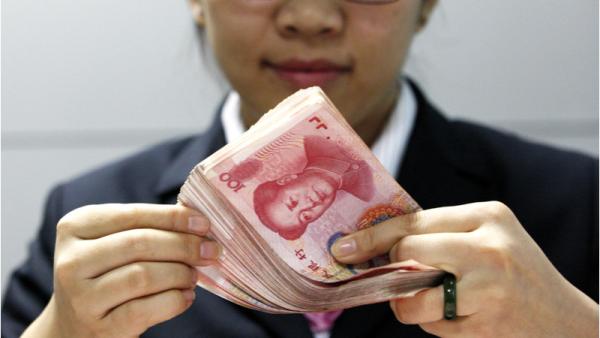
James Laurenceson, Deputy Director, Australia-China Relations Institute, University of Technology Sydney |
This article appeared in The Australian Financial Review on November 20 2014.
The world has become used to seeing China as one of the global economy’s brightest stars.
According to the International Monetary Fund, global growth has owed more to China than any other country in every year since 2007.
Data from the World Trade Organisation shows that last year China also eclipsed the US to become the world’s biggest trader of goods. Few countries appreciate this more than Australia – the most recent numbers from the Australian Bureau of Statistics (ABS) reveal that China now accounts for a staggering 35.7 per cent of our total goods exports.
Yet there is one area where China has been a chronic underachiever. While its share of world goods trade has rocketed to a chart-topping 11.1 per cent, its international financial linkages have been stunted. A report by the Bank of England late last year found that China held less than a 3 per cent share of global holdings of overseas assets and liabilities. And when it comes to Australia, the latest data from the ABS puts the level of Chinese investment at just 1.3 per cent of the total foreign investment stock.
There’s one big reason for this. The Chinese were spooked by the Asian Financial Crisis in 1997. Capital controls were seen as providing domestic financial stability. Ironically, they’ve contributed to the exact opposite. Unable to freely cross the border, captive savings have been channelled into an explosion of domestic credit and low-return investments. According to a report by Standard Chartered in June, credit growth in China has exceeded gross domestic product growth by more than 9 percentage points on average over the past five years, by far the biggest gap in the Asian region.
So now it’s capital account liberalisation and the internationalisation of the yuan that’s keeping China’s reformers busy.
We’re on the verge of something huge here. China’s enormous size and low starting point mean that the structure of the global financial system is set to change dramatically. Bank of England modelling points to the possibility of China’s stock of external assets and liabilities leaping from less than 5 per cent of world GDP today to over 30 per cent by 2025.
Australia joins the increasing cast
This week Australia became the latest actor in this great unfolding drama. As part of the China-Australia Free Trade Agreement (ChAFTA) announced on Monday, Sydney received approval to host an official renminbi (RMB) clearing bank. Barriers to capital flows were also eased. The threshold at which Chinese private companies will need to seek Foreign Investment Review Board approval was lifted from $248 million to $1.08 billion. For the financial sector these developments are every bit as rousing as tariff reductions for agriculture.
A clearing bank was the missing piece in the puzzle. It is necessary if Sydney is to have a shot at becoming an offshore RMB trading hub. Any new financial market needs liquidity. A clearing bank provides a direct link to the onshore RMB market in Shanghai. Combined with huge bilateral trade flows – now topping $150 billion – Sydney is in the game.
But be warned: in this game things move fast. Hong Kong aside, London had been the leading hub for offshore RMB trade. That was until Singapore received the right to host a clearing bank in 2013. By April this year it had jumped ahead. In June, London fought back with a deal to secure a clearing bank of its own. Just a few weeks ago, Qatar joined a growing list of financial centres including Taipei, Frankfurt and Paris to receive Beijing’s blessing to host a clearing bank and stake a claim to becoming an RMB hub.
On Tuesday, the NSW Treasury Corporation made known that it would issue an RMB currency bond to support Sydney’s aspirations.
This matched one by the UK government last month to do the same for London. So cities are falling over themselves to catch up. But there’s good news: it’s a rapidly growing pie. According to SWIFT, the global payment services company, the value of international payments in RMB between offshore centres excluding Hong Kong has grown by 837 per cent over the past two years.
It’s become customary for the Reserve Bank of Australia to kick off its monthly monetary policy meeting with a discussion of the latest developments in China. The morning tea break might need to be put back – the bilateral economic relationship has just grown another leg.
Author
Professor James Laurenceson is Deputy Director of the Australia-China Relations Institute at the University of Technology Sydney.


